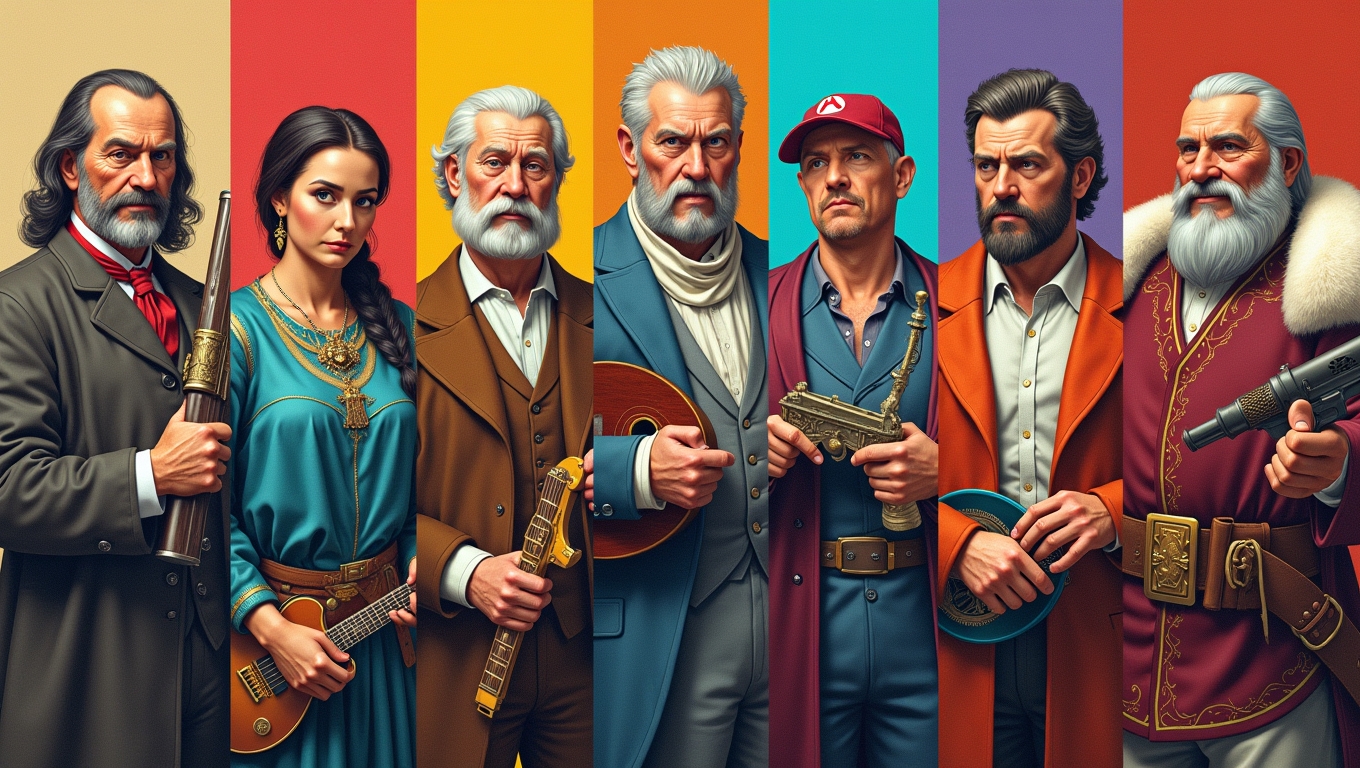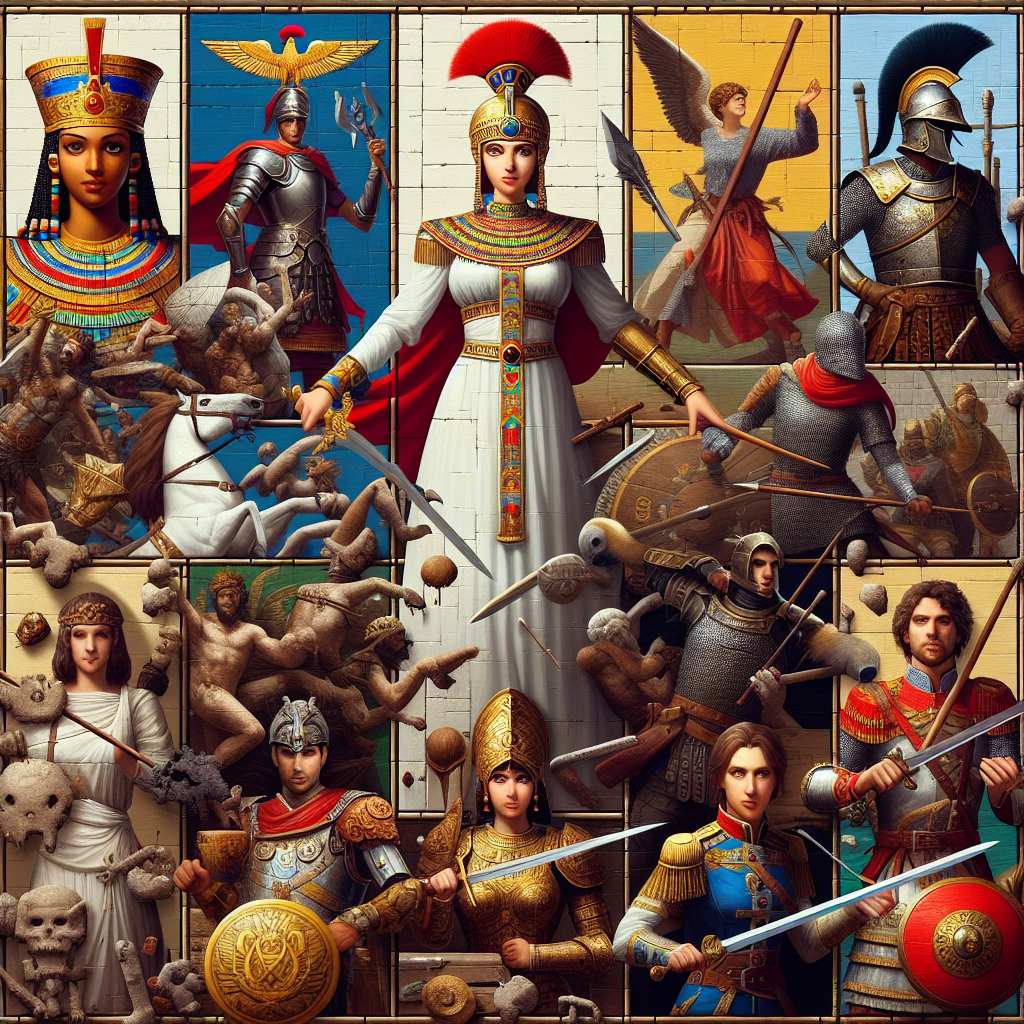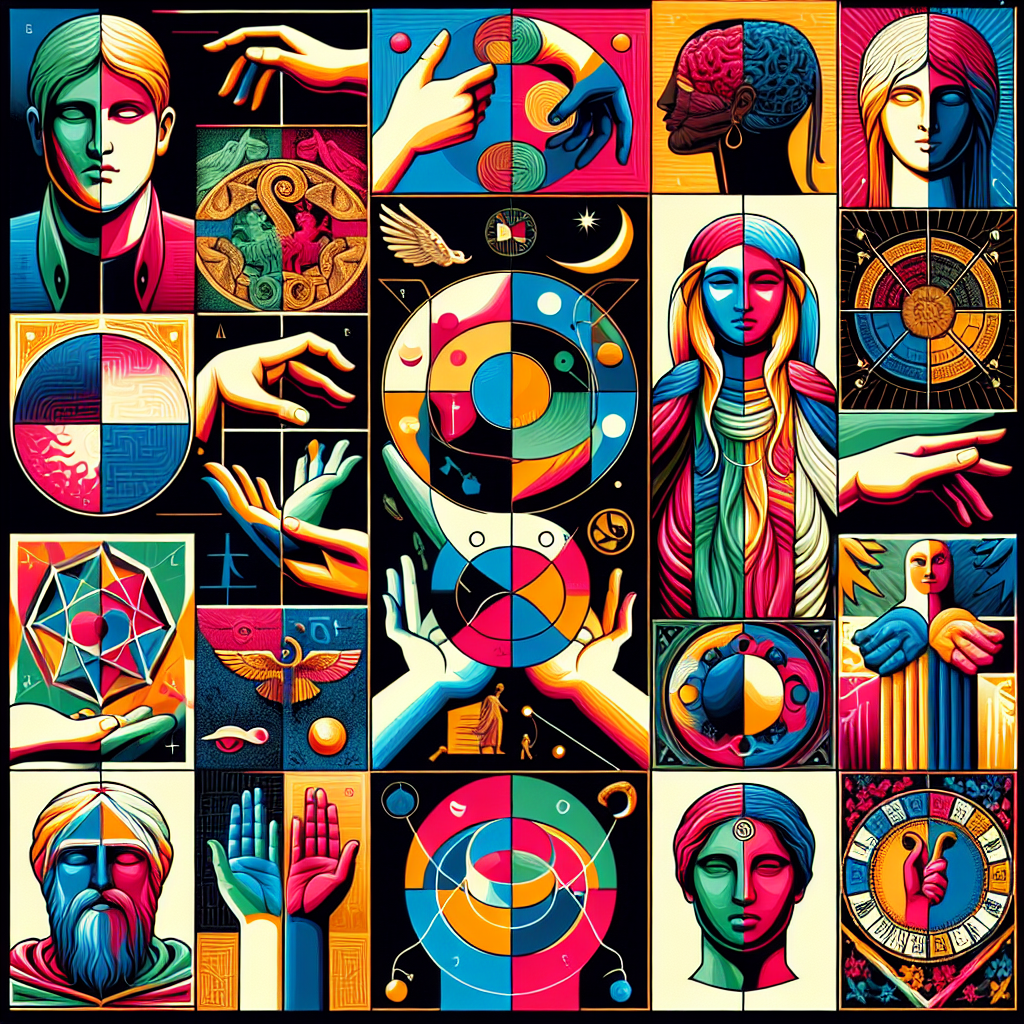The world of video games often draws inspiration from various sources, and one intriguing question arises: can historical figures become game icons? The answer is a resounding yes. Many games have successfully integrated renowned personalities from history, transforming them into characters that players can interact with, fight alongside, or even oppose.
Bringing History to Life
Historical figures as game icons serve a dual purpose. They not only introduce players to significant cultural and historical narratives but also engage them in gameplay that can be both entertaining and educational. Games like ‘Assassin’s Creed’ and ‘Civilization’ have pioneered this approach, allowing players to step into the shoes of notable figures like Leonardo da Vinci or Cleopatra. Such portrayals spark interest in the actual history behind these characters, creating an immersive experience that blends learning with fun.
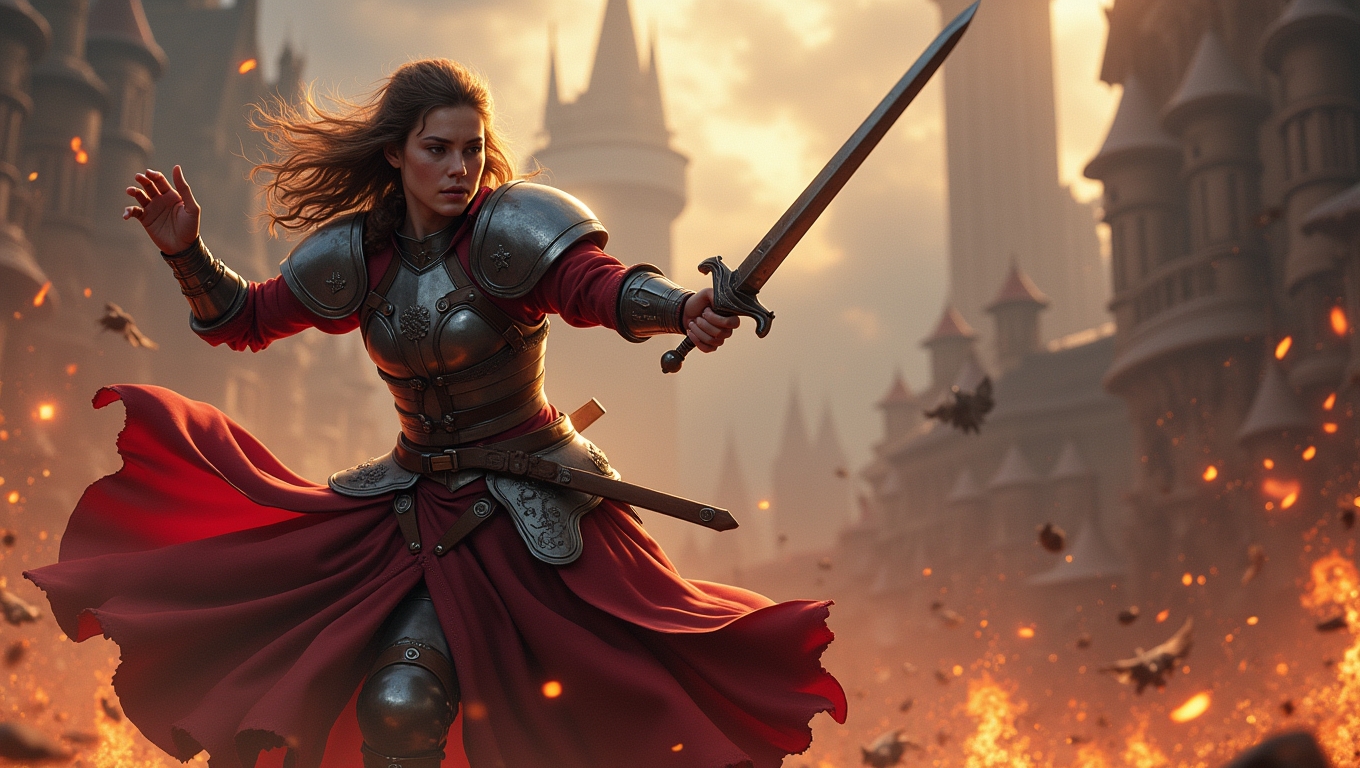
The Impact of Historical Figures on Game Design
When designing characters based on historical figures, developers face the challenge of balancing authenticity with gameplay requirements. Historical accuracy is vital for immersion, yet creative liberties are often necessary to enhance the gaming experience. For instance, in ‘Age of Empires’, historical leaders exhibit unique abilities that reflect their real-life counterparts, while still being tailored to fit the mechanics of the game.
Moreover, the portrayal of these figures can also reflect contemporary values and perspectives, which may differ from historical realities. This can lead to discussions around representation and the interpretation of history in games, making the characters not just icons of the past but also symbols of modern narratives.
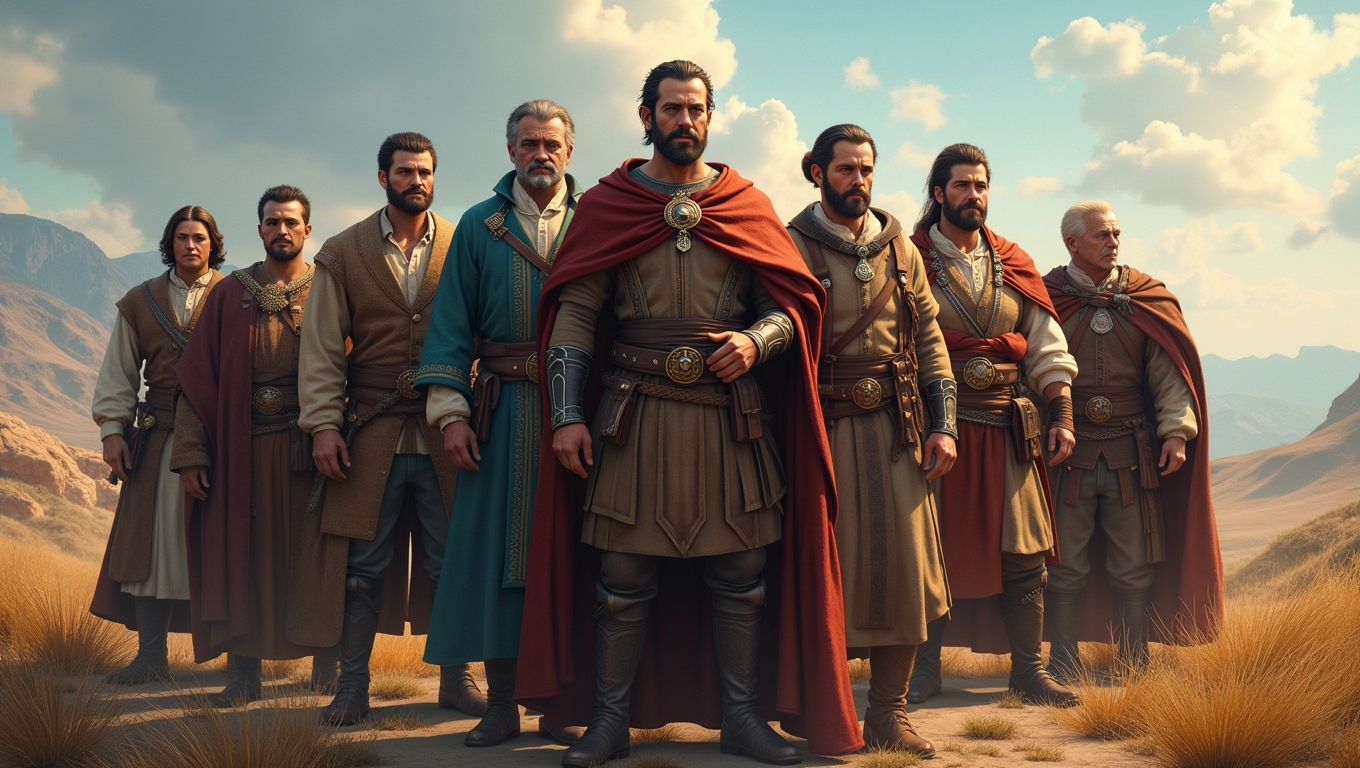
Challenges and Controversies
Despite their popularity, using historical figures as game icons is not without its challenges. Developers must navigate the fine line between respectful representation and sensationalism. Controversies can arise when a game’s portrayal of a historical figure is perceived as disrespectful or inaccurate. For example, the depiction of certain leaders or events may provoke strong reactions from audiences, leading to debates about cultural sensitivity and historical fidelity.
Additionally, there is the risk of oversimplifying complex figures or events for the sake of gameplay. This can result in a lack of depth that undermines the educational potential these characters could offer. Therefore, it is crucial for developers to engage with historians and cultural experts during the design process to ensure a balanced approach.
In conclusion, historical figures as game icons can significantly enrich the gaming landscape, offering players unique opportunities to engage with history in an interactive format. As the gaming industry continues to evolve, the integration of historical characters will likely grow, fostering a deeper appreciation for the past while entertaining millions. The challenge lies in maintaining a respectful and accurate representation that resonates with players while remaining true to the essence of these iconic figures.
Some content and/or images on this page were created using AI.

